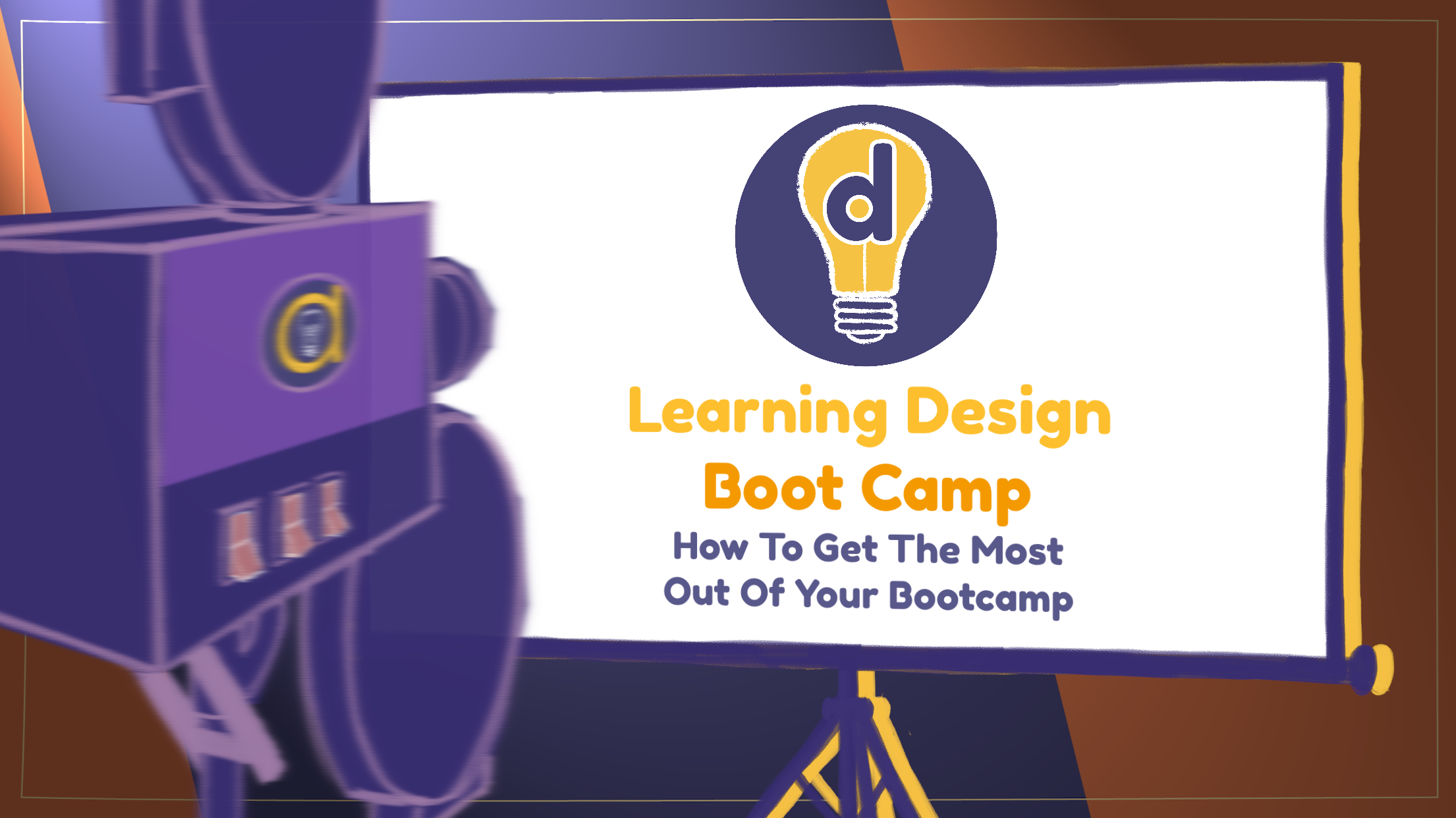Congratulations! You’ve joined our Bootcamp, and that means you’ve taken a big step towards improving your knowledge and skills in learning design.
We know that you will be fitting this course around your professional work, family responsibilities, and the general demands of living in the 21st Century. So we’ve put together a quick guide to help you get the most of your learning experience.
1. Use a ‘little and often’ approach
When it comes to learning, consistency is key. Rather than cramming information in long, exhausting sessions, aim for shorter, regular study sessions. Research has shown that spacing out your learning over time enhances long-term retention and comprehension. This phenomenon, known as the spacing effect, allows your brain to process and integrate information more effectively.
Set aside dedicated time each day, even if it’s just 30 minutes, to engage with the course material and watch a couple of the videos. Block this time out in your calendar and treat it as a meeting. Create a study schedule that aligns with your existing commitments, and stick to it as closely as possible. Using a ‘little and often’ approach will not only deepen your understanding, but also reduce stress and overwhelm.
2. Use active learning techniques
Passive learning – where you absorb information without actively engaging with it – often leads to shallow understanding and weak retention. To make the most of your learning experience, use active learning techniques. This involves using the course material in ways that stimulate deeper cognitive processing.
Here are some effective active learning strategies to consider:
Summarise key points: After each module or lesson, challenge yourself to summarise the key points in your own words – even if it’s just two or three bullet points. This makes you process the information and extract the most important concepts.
Share and comment: Engage with fellow learners on the Bootcamp Slack workspace. Sharing your thoughts and replying to other people’s posts will help you develop new ideas. If you’re feeling nervous about sharing, just remember that everyone else is feeling the same – the more we share, comment and discuss, the more we will all learn (and that includes the Ding team!)
Apply your new knowledge: The Bootcamp exercises are designed to help you apply what you’re learning to your own work. Complete as many of the activities as you can, even if you can only spend 30 minutes on them. Completing an exercise enables the Ding team to give you feedback, which will help you strengthen your ability to use what you’re learning.
Teach Others: Teaching is one of the most effective ways to solidify your own understanding. Explain what you’re learning to other Bootcamp participants during the live sessions and Slack discussions, and also try teaching your work colleagues to help you embed key concepts and techniques.
3. Make technology work for you
There are a great many digital tools and apps you can use to support your learning experience. Here are some tips to help you leverage technology effectively:
Organise Your Digital Workspace: Create a dedicated folder on your computer for course materials, assignments, and resources. Consider using bookmarks in your browser to keep track of links – you might find it useful to organise your links into folders. This article explains how to do this in Google Chrome, and this one in Firefox.
Use Productivity Apps: Consider using task management apps like Trello or Notion to keep track of assignments and deadlines. These tools can help you stay organised and on top of your coursework.
Get familiar with Slack: Explore all the features available the Slack workspace. Take time to find out where all the links are, and experiment with replying in threads, using emojis, and uploading images and videos.
Learning is a journey, and everyone takes a different route. It’s important to have fun along the way, rather than become fixated on the destination. And remember this advice from Ding’s Ray Martin: be kind to yourself. You’ve taken a brave step into a new area of knowledge, so congratulate yourself on your bravery, and reward your commitment to investing in your development.
Embrace the process, stay curious and don’t hesitate to ask for help when you need it. We’re here to help you succeed in developing your skills as a learning designer. Happy studying!

